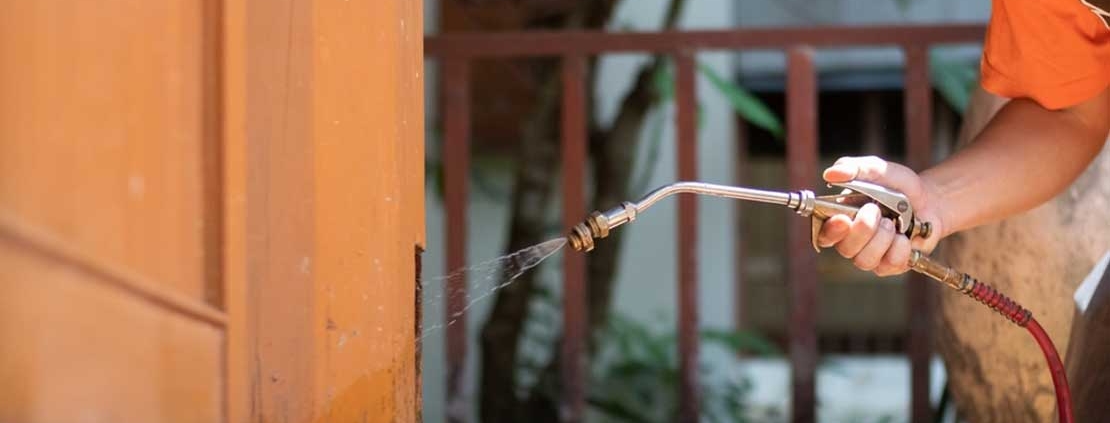Key Steps for Long-term Pest Prevention
Getting to Know the Pest Threat
From rats to insects, pests come in many shapes and sizes and each one causes its own problems. Understanding the unique threats they pose is important for coming up with a good plan to stop them. A proactive approach to pest control doesn’t just deal with pests that you can see; it also plans for and stops possible infestations before they happen.
Evaluation of the Current Pest Situation
It’s important to figure out how bad the pest problem is before taking any preventative steps. Do a full check of the property to find any pest problems that are already there. This first step sets a standard for how bad the problem is and guides the next steps that will be taken to stop it.
Putting in place good waste management
Poor trash management is an often-overlooked reason why pests come to a place. Pests are drawn to the smell of food, and a garbage disposal that isn’t being taken care of properly can be an open welcome. Getting rid of trash in the right way is an easy but effective way to keep pests away.
Blocking off entry points
Rats and mice get into places through cracks and gaps. Finding these entry places and sealing them off is one of the most important things you can do to keep pests out for good. Regular checks should be done on the structure to find and fix any problems.
Making sure the environment stays clean
Pests will stay away from places that are clean. Regular cleaning, like sanitising and getting rid of waste, gets rid of places where pests could hide and food sources for them. That’s a simple but very effective way to keep your home free of pests.
How to Pick the Best Pest Control Items
It’s not true that all pest control solutions are the same. Choosing safe and eco-friendly goods is very important for long-term success. In order to make smart decisions, you need to know what your place needs and what pests you’re dealing with.
Regularly checking for and reporting pests
Setting up a regular time to check for pests is important for finding them early and keeping them away. Regular checks for signs of pest activity, like damage or droppings, let you move quickly. A proactive reaction is guaranteed if any findings are reported right away.
Ways to use landscaping to keep pests away
Landscape design isn’t just about how it looks; it can also help keep pests away. Strategic gardening choices, like using plants that naturally keep pests away, help make the area less inviting for people who don’t belong there.
Educating residents or employees is a strong way to keep pests away. Teaching people about how to get rid of pests in their homes or businesses raises awareness and pushes them to be proactive. Taking simple steps to stop infections, like storing food properly, can go a long way.
Putting Integrated Pest Management (IPM) into action
For complete pest control, Integrated Pest Management (IPM) is a whole-person technique that combines different methods. This includes biological, physical, and cultural ways that lower the need for chemical solutions and encourage long-term, sustainable prevention.
Thoughts on Hiring Professional Pest Control
Many of the steps you can take to keep pests away can be done on your own, but there are times when you need professional pest control. To effectively get rid of pests, you need to know when to get professional help and what benefits they offer.
Changing plans based on how the seasons change
The way pests act can change with the seasons. Adapting your protection plans to these changes will make sure they work all year. For instance, some pests may be more active during the warmer months, so you may need to take extra care during those times.
Getting the community involved in preventing pests
Getting rid of pests is not just the job of property owners or managers. Getting people to feel responsible for their community helps them work together to keep the area free of pests. Promoting open conversation and group projects is helpful for long-term success.






